Smart home technology took on the aspect of a futuristic concept; it is this industry that has evolved through time to now become one of the highly dynamic industries that have ever existed through periods of evolution. This has been an evolving story of innovation, comfort, and need. It all started at first with simple automation and has become a fully integrated network of devices considered indispensable now to modern life.
The Early Days: The Idea of Smart Homes
The smart homes envisioned in the early 20th century could be viewed only in science fiction. Passive houses with machines to do sheer tasks were dreamt of. The primary increment in this chain of development was the generation of the very first household machines: the washing machine and the refrigerator. These machines actually laid the foundation of smart home technology.
Automation Begins: The First Wave of Smart Devices
The later 20th century bore witness to the introduction of the first automated home devices. These included very simple systems like programmable thermostats and automatic garage door openers. While, these innovations were ground-breaking at the time, they were merely a beginning. At that time, these devices were more about convenience than necessity. The users were treated to a mere taste of what lay ahead.
The Boom over the Internet: A Principal Force for Smart Home Technology
The rise of the Internet in the 90s until the 2000s has had a huge impact on smart home technology. The following capability surprised the connection of devices to the internet appallingly since it allowed unlimited possibilities. For example, homeowners could quickly check the lights, security systems, and even the refrigerators from remote locations. This meant the evolution from basic automation into an advanced system that integrated different devices and several functions into a single, coherent network.
The Emergence of Smart Assistants
The entire concept of smart homes took a great leap forward with the development of smart assistants, such as, for instance, Amazon’s Alexa, Google Assistant, and Apple’s Siri. Normally, this technology enables everything that happens in a room to be controlled just by having an individual utter a few words. Amazon Echo, Google Nest Hub, and other items put the technology controlling everything from lights, thermostats, and even door lock mechanisms right in the living rooms of most households.
Smart Lighting: Turning On Efficiency
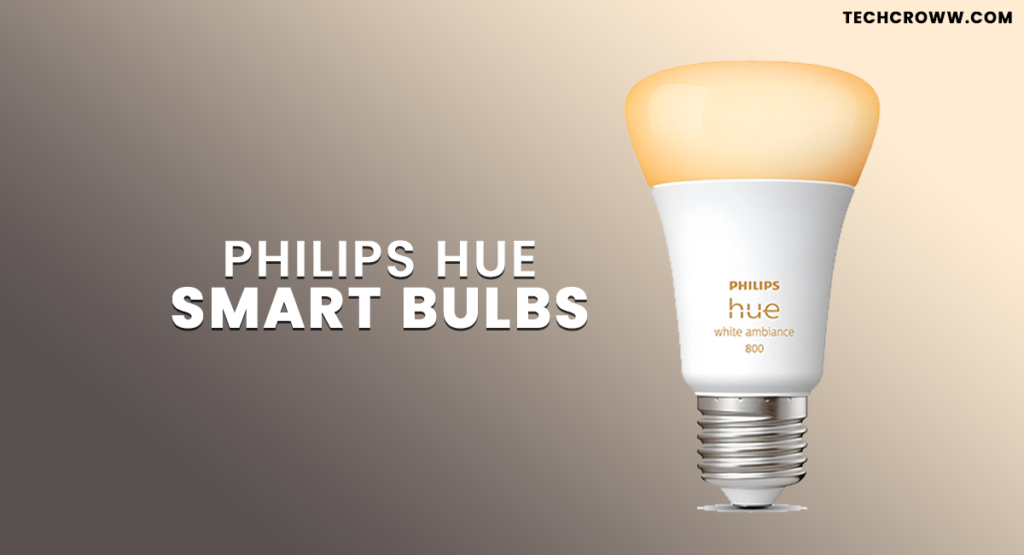
Smart lighting systems were one of the early product groups that really took off in the smart home market. Philips Hue and LIFX are forever changing the way we light our homes. Such lighting can be controlled from a smartphone application or through spoken commands and can have features like dimming, changing color, and setting schedules. Smart lighting validates convenience and improves energy efficiency by ensuring that light is on only where and when necessary.
Philips Hue Smart Bulbs
- Voice Control: Compatible with Amazon Alexa, Google Assistant, and Apple HomeKit.
- Color Capabilities: Choose from more than 16 million colors.
- Scheduling and Automation: Enable routine settings; the automation feature can be used to operate lights.
- Energy Efficiency: Operates on LED lighting technology to save energy.
- Remote Control: Lights can be managed from any corner of the world using a Philips Hue app.
Smart Home Security Systems
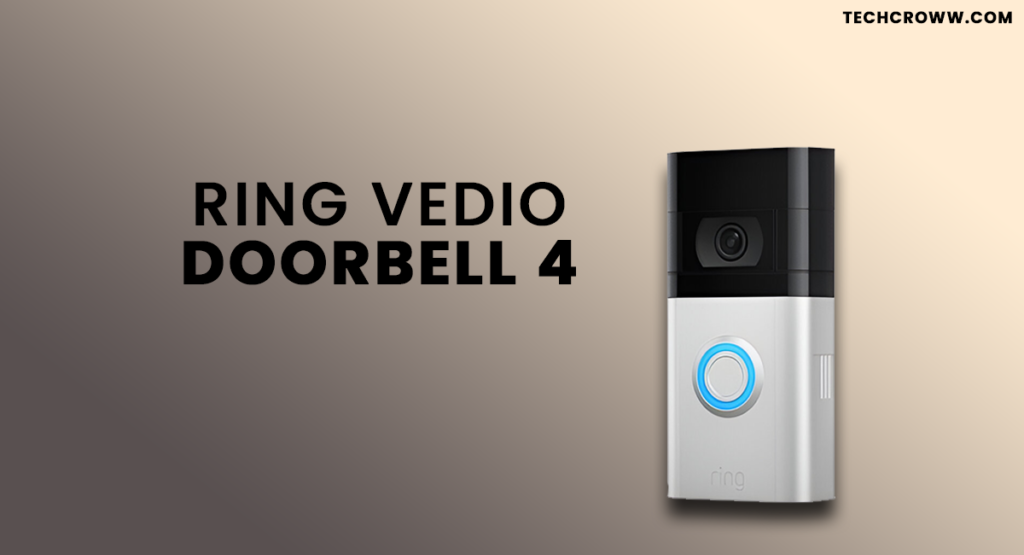
Home security is possibly one of the most improved areas in the smart home technology sector. Early systems were composed only of simple alarms and cameras, but in modern times, with systems like the Ring Video Doorbell and Arlo Pro Cameras, they happily give you protection with features that include motion detection, two-way audio, and live streaming. Such systems allow homeowners to keep track of their properties in real time from anywhere around the world.
Ring Video Doorbell 4
- HD VIDEO: Full HD video with night vision.
- TWO-WAY TALK: You can talk to the person on your doorstep through your smartphone, anywhere.
- Motion adetection: Motion detection with adjustable motion zones for more precise alerts.
- QUICK REPLIES: You can use pre-recorded responses for your convenience.
Nest Learning Thermostat
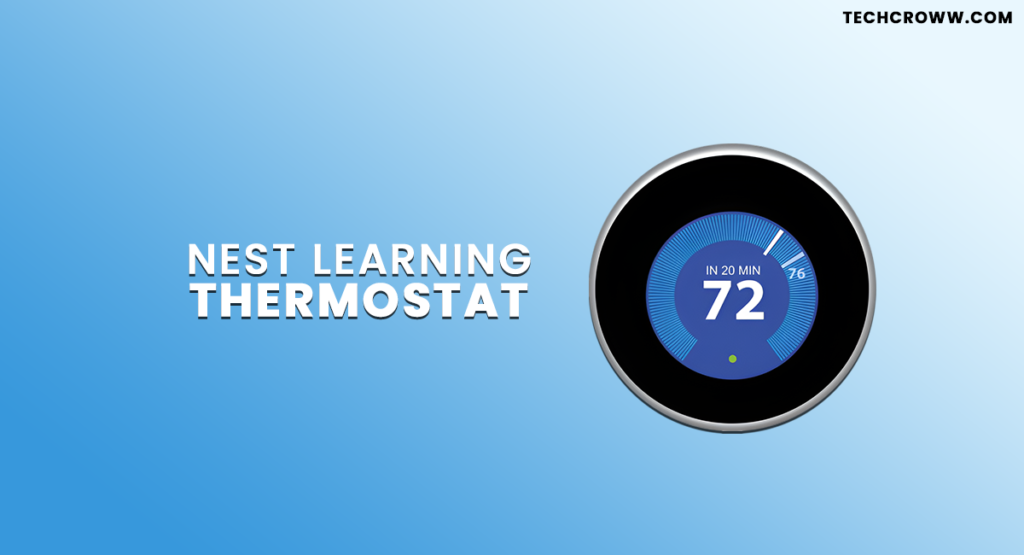
Smart thermostats provide the ability to control and be efficient in managing the home climate. By learning user schedules and likes from smart products like the Nest Learning Thermostat and ecobee SmartThermostat, these thermostats automatically adjust the temperature for ideal comfort and energy savings. The devices are controllable remotely, thus assuring the house’s temperature is perfect whether the owner is home or not.
Nest Learning Thermostat
- Auto-Schedule: Learns the temperatures you like and programs itself.
- Energy History: See how much energy you’ve used.
- Remote Control: You can change the temperature on the fly.
- Home/Away Assist: This feature has the capability of knowing when to set itself to your desired temperature while you are home and while you are away.
- Farsight: Lights up to show you time or temperature from across the room.
Entertainment Revolution: Smart Televisions and Streaming Devices
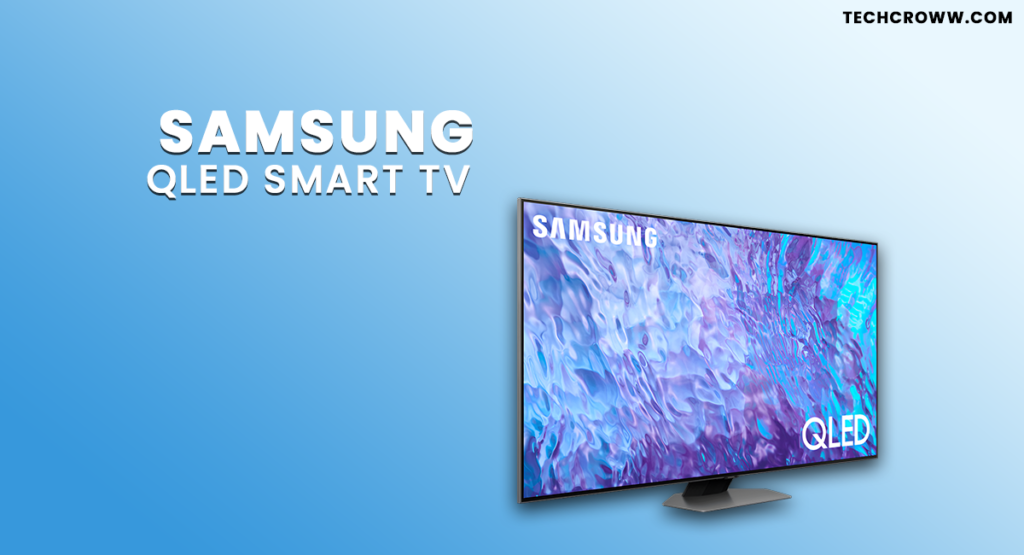
Due to technology, we are able to enjoy more entertainment than ever, thanks to smart TVs and streaming devices. Brands such as Samsung Smart TVs and Roku Streaming Sticks have made limitless access to a world full of entertainment from platforms such as Netflix, Hulu, or Amazon Prime Video a breeze. Important to note is that our devices come integrated with voice controls and apps, putting the user in full control of the experience.
Introducing Samsung QLED Smart TV.
- Quantum Dot Technology: This splendid feature transports you through a billion hues of color.
- Smart Hub: One user interface for streaming services, live television, and apps.
- Voice Control: Can work with assistants: Alexa, Google Assistant, and Bixby.
- Ambient Mode: Gives you an option to turn your TV into a designer piece when not in use.
- Universal Guide: Sole recommendations with unified content you watch.
Smart Kitchens: The Future of Cooking
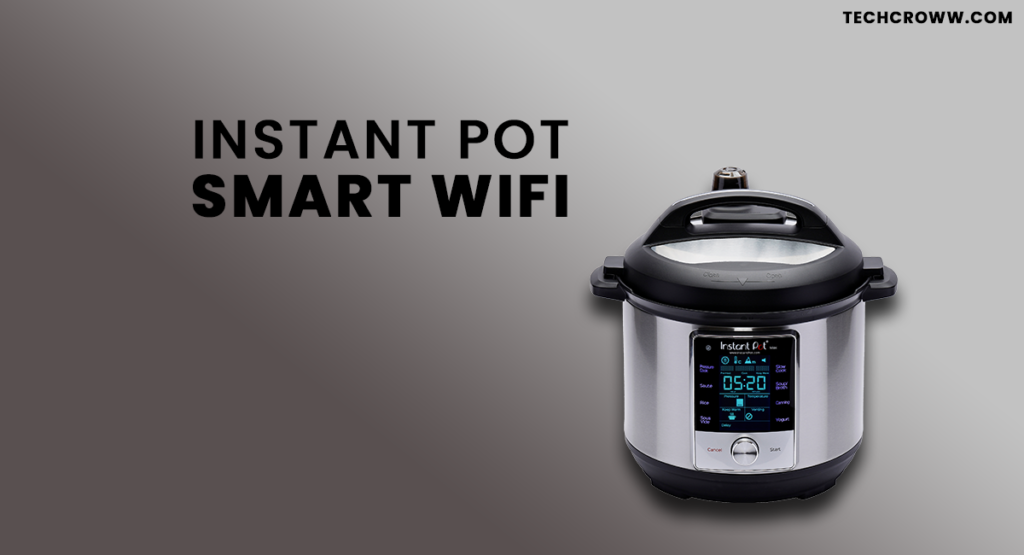
The kitchen has also seen quite an overhauling through smart home technology. Innovations like the Instant Pot Smart WiFi and June Oven have made the art of cooking effortless and fast. Connecting with applications installed on smartphones, these appliances allow beginners to start cooking meals from the office, for example, and they can even suggest different recipes. The developing gadgets for the kitchen show that smart technology brings an easier and more efficient lifestyle.
Instant Pot Smart WiFi
- Remote Control: Start, monitor, and adjust cooking from anywhere.
- Multi-Functionality: Pressure cook, slow cook, rice cook, steam, sauté pan, yogurt maker, and food warmer.
- Compatibility with Alexa: Operation through voice control.
- Access to Recipes: Browse and download recipes on the pot.
- Customizable Programs: Creating and saving programs is at your fingertips.
Era of Integration: Making an Imperceptible Smart Home Network
Today’s challenge is not the smart devices themselves; it’s in how to tie them all together into one cohesive ecosystem. Platforms like Apple HomeKit, Samsung SmartThings, and Amazon Alexa provide an infrastructure to connect and control many other smart devices from one central location. This is the kind of integration that will ultimately be critical to making a smart home truly smart, where all devices work in concert with one another.
Now it’s All About Making Life Easier
The extravagant, for most, has thus turned into an indispensable need, first. The world pandemic triggered this tendency as more and more workers had to stay at home and rise to make their dwellings more comfortable and functional than before. S hortly put, smart home technology offered possibilities for remote working, entertaining, monitoring security, and health conditions. People thus appreciated this convenience.
Smart Home Technology: Challenges and Opportunities
Several challenges continue to exist even with the rapid growth and development witnessed in smart home technology. Arguments about data privacy, cybersecurity problems, and device interoperability always come up as huge concerns for most consumers. Then the fact that configuration and management of a smart home might be complex deters some people. But then, this is only opening up further chances for innovation. Enterprises that can find their way around these problems, even while creating solution that are easy to use, can take the lead in the next wave of smart home technology.
Smart Home Technology and Aging in Place
One of the most promising applications for smart home technology will be in helping elderly adults age in place. They are able to age in place independently with the help of devices like smart fall detectors, automated medicine dispensers, and voice-activated assistants. These technologies can monitor health conditions, remind users to take medication, and even alert caregivers in case of an emergency. All such developments point towards growing demand for such smart home solutions as the global population ages.
How Does Smart Home Technology Impact Real Estate?
Smart home technologies are also impacting the market in a major way. A house with smart devices is increasingly becoming attractive to homebuyers, across the board but more so for millennials and tech-savvy buyers. Features such as smart security systems, energy-efficient appliances, and integrated home automation have the potential to increase a property’s value and appeal. Today, smart home features are in the list of selling points made by real estate agents, with some even constructing homes with smart technology being a standard feature.
Conclusion: The Never-Ending Evolution of Smart Home Technology
This is how smart home technology has been moving forward as innovations—from a luxury factor to one that is running down the spine, imperative for living, working, or even interacting within our homes. The more technology advances, the more integrated, intelligent, and indispensable smart homes are going to become. The future of smart home technology is not just in convenience; it will be about safer, more sustainable, and more connected living environments that elevate personal quality of life positively. The luxury of tomorrow is not over, and the journey ahead promises to be every bit as exciting.

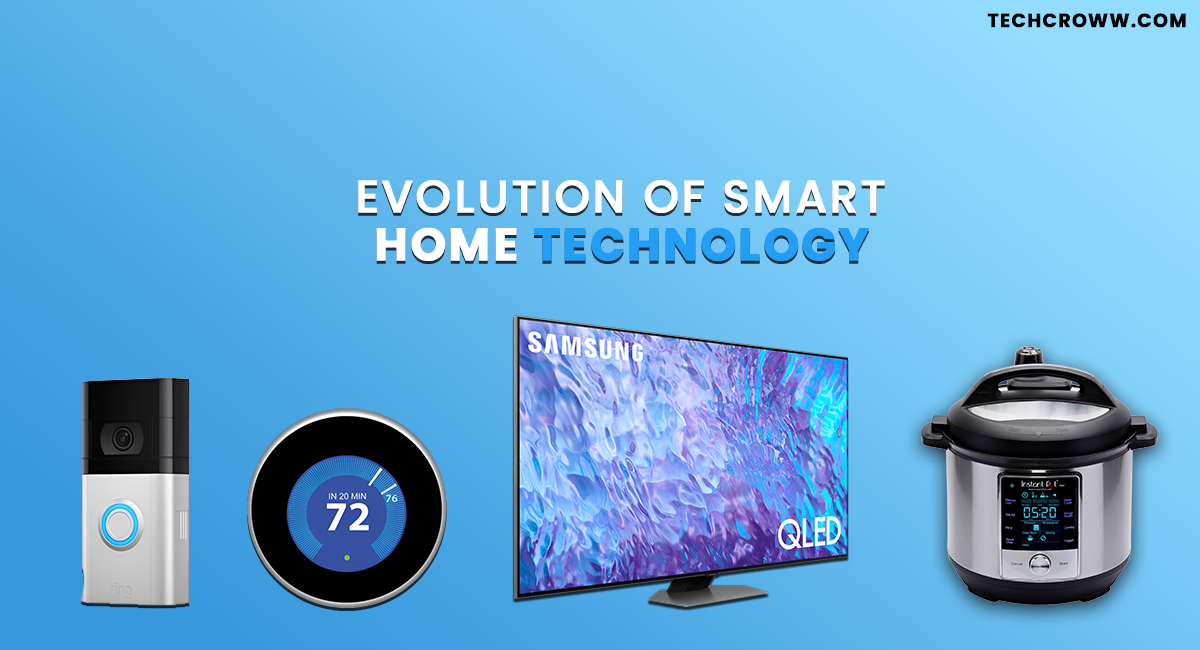

1 thought on “From Luxury to Lifeline: The Evolution of Smart Home Technology”